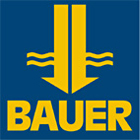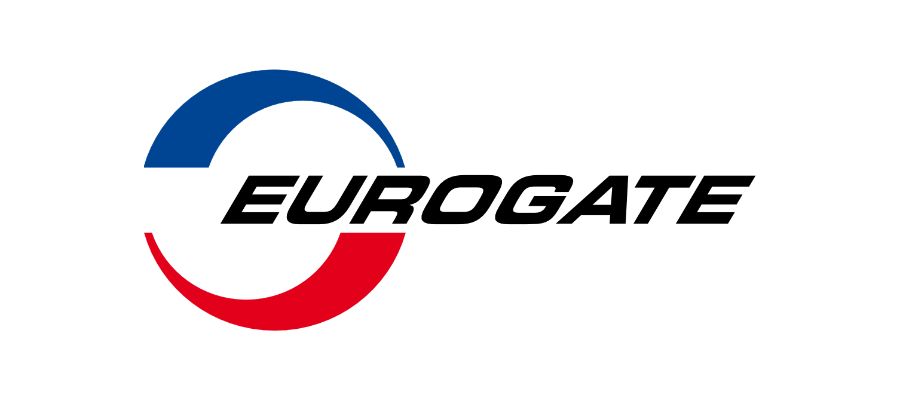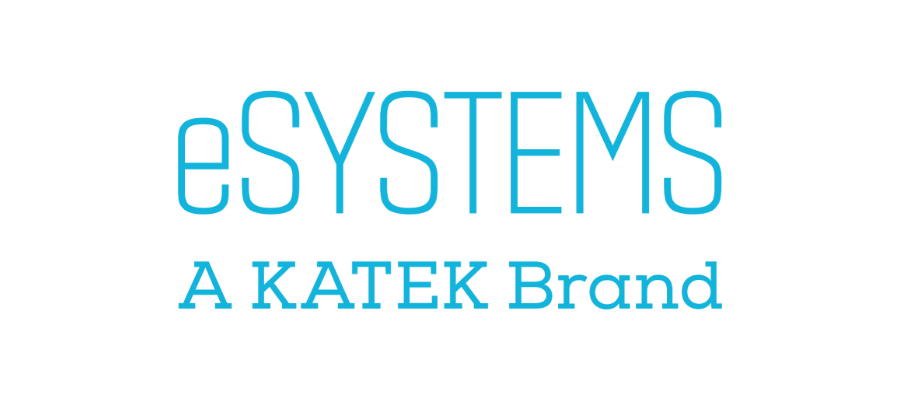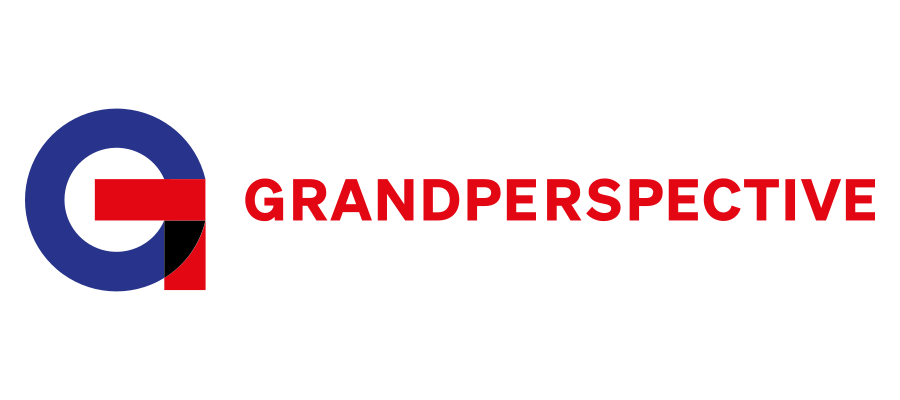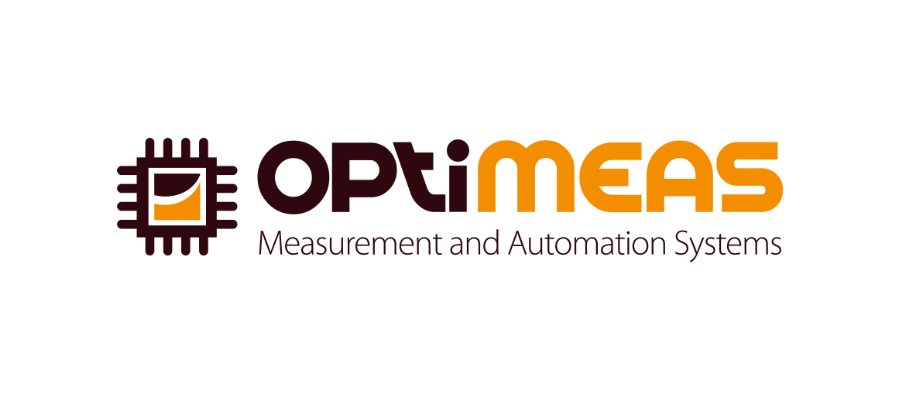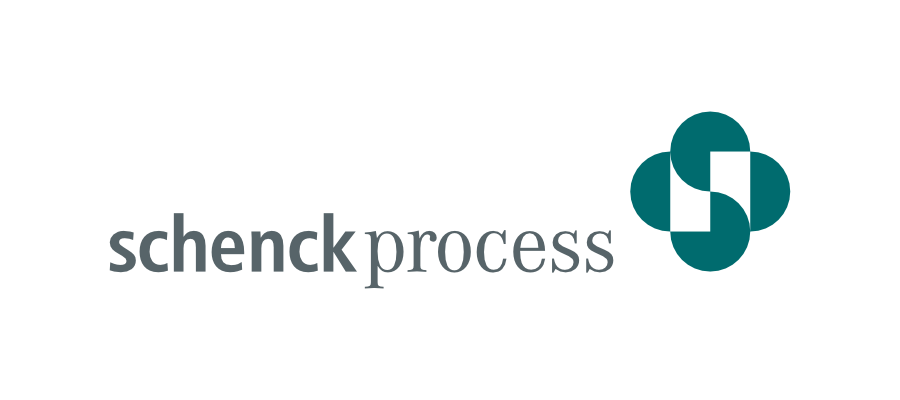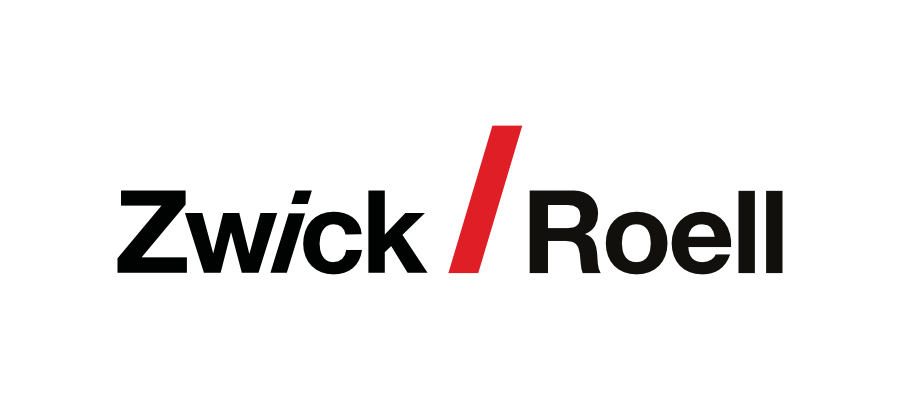basysKom Application Development Services
Innovative
Software
Engineering
Services
We develop platform-independent Human-Machine Interfaces (HMIs), business logic and applications for diverse platforms.
Embedded systems, Desktop, Mobile and in the Cloud.
Our focus lies on applications in the context of manufacturing plants, machines and devices in the wide field ranging from Smart TV, infotainment, measuring instruments, to CNC milling machines.
Out of conviction, we rely on open standards and open source for sustainable product development.
From conception through implementation to testing, we support you in the development of your custom HMI. Our services also include technical consulting, customized training, coaching, augmentation of your development teams, and complete project management throughout the entire lifecycle of your product.

- We have been working extensively with OPC UA since 2015.
- We have extensive experience in the fields of mechanical engineering, plant engineering, and measurement technology.
- We are a commercial support partner for the open-source open62541 stack.
- We actively contribute to OPC UA open-source solutions such as open62541 and Qt OPC UA.



Since 2009, we have been working in an agile manner in our projects. Our methodologies draw on a variety of elements from SCRUM and other agile development models, which we always adapt to your individual processes and needs.
Automotive
Factory Automation
Logistics
Medical
Food
Consumer Products
Energy
Measurements
Smart Home
Industrial
Laboratory
IT Systems
Some examples of our work. Projects we have been involved in.
We have been successfully delivering customer projects since 2004.

